Yen Headwinds Hit Japanese Economy, Corporate Profits Plunge by $3.7 Billion
Input
Changed
Operating profit shrinks by $3.7 billion in Q2 Double burden of tariffs and exchange rates sparks alarm among corporates Yen could strengthen into the high 130s against the dollar
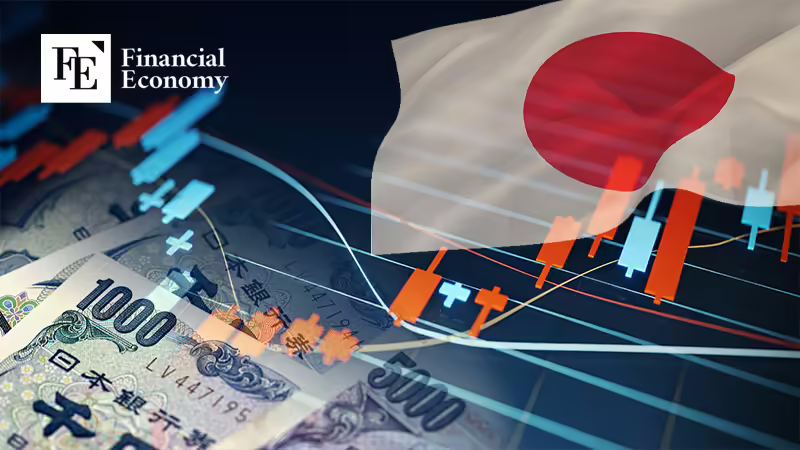
The unexpected appreciation of the yen is emerging as a headwind for the Japanese economy. The weak yen, which until last year had bolstered corporate earnings and tourist spending, has now dissipated, driving major Japanese companies to report double-digit declines in operating profit compared to a year earlier. Concerns are also mounting that narrowing interest rate differentials between the U.S. and Japan could trigger an unwinding of yen carry trades, amplifying financial market volatility.
Export industries such as autos take a direct hit
According to analysis by Nikkei Asia of data from the top 51 companies in the Nikkei Stock Average on the 28th, exchange rate effects caused a negative impact of $37 billion, dragging total operating profit down by 11% year-on-year. Without the currency headwinds, operating profit would have risen by 2%.
Until recently, exchange rates were a boon for Japanese companies. The yen depreciated from 110 per dollar in 2021 to 156 in 2024, contributing roughly $189 billion to profits over the April–June quarters between 2021 and 2024. This year, however, the yen appreciated by 11 against the dollar to around 145 during Q2, marking the first time in five years that the exchange rate has weighed on earnings.
The hardest-hit sector was automobiles. Japan’s seven major automakers saw profits fall by $23.5 billion due to currency effects. U.S. tariffs also compounded the damage, making the auto sector the most negatively impacted of 36 industries surveyed. Nissan and Mazda posted outright losses, while Toyota and Honda reported steep profit declines.
Yen strength alters Japan’s tourism dynamics
The stronger yen is also reverberating through Japan’s tourism industry. Following the COVID-19 endemic in 2022, the yen’s sharp depreciation boosted inbound tourism, with foreign visitors enjoying enhanced purchasing power. But after the Bank of Japan raised its benchmark rate from 0.25% to 0.5% in January to rein in excessive depreciation, the landscape shifted.
While the move narrowed the interest rate gap with the U.S. and lifted the yen’s value, it simultaneously eroded Japan’s price competitiveness. Consequently, foreign tourists’ effective purchasing power has declined. Tourism receipts fell to $53.8 billion in January–March, down from January’s record $62 billion, sliding further to $57.6 billion in February and $52.6 billion in March.
Nevertheless, inbound volumes remain robust. In April, Japan welcomed 3.91 million visitors, up 28.5% from a year earlier, marking an all-time monthly high. However, rising prices and exchange-rate pressures have shifted spending patterns away from luxury goods toward more practical consumption.
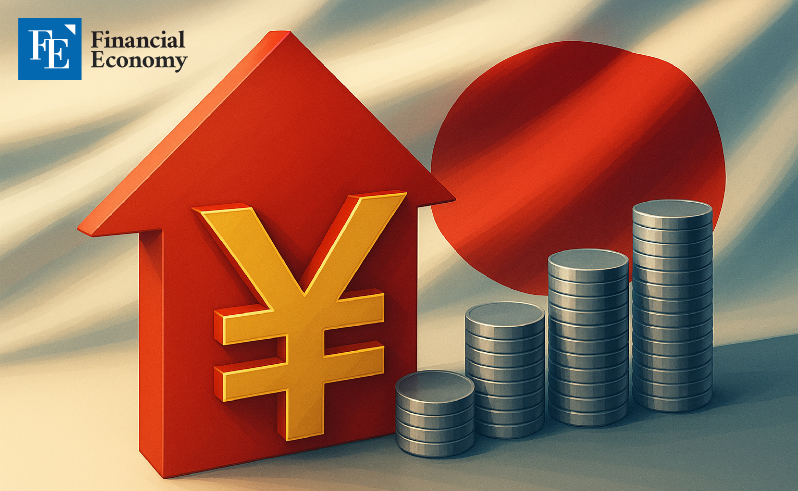
Yen carry trade “unwind shock” looming
The yen’s appreciation trend is expected to persist. Masaharu Mizukami, Executive Officer at Seiko Epson, warned that “concerns are mounting over declining dollar demand due to a U.S. economic slowdown,” adding that the yen could strengthen into the high 130s per dollar.
The risk of a yen carry trade unwinding has resurfaced after Bank of Japan Governor Kazuo Ueda signaled a hawkish tilt at the Jackson Hole symposium, even as U.S. Federal Reserve Chair Jerome Powell surprised markets by leaving the door open to rate cuts.
This divergence in policy signals is eroding the foundations of yen carry trades, in which investors borrow near-zero interest yen, convert them into dollars, and invest in U.S. assets. The narrowing spread between 10-year U.S. and Japanese government bond yields is emblematic. Japan’s 10-year yield climbed to 1.616% on August 22, the highest since May 2008, up 0.497 percentage points this year. In contrast, the U.S. 10-year yield has retreated from nearly 4.8% earlier this year to 4.258% on August 22, compressing the gap from over 3.5 points to around 2.6.
The simultaneous weakening of the dollar and strengthening of the yen is further stoking fears of carry trade liquidation. To avert currency losses, investors could sell off dollar assets, secure liquidity, and repay borrowed yen. According to the Wall Street Journal, the dollar index, which measures the greenback against six major currencies, stood at 98.156 on August 28, down from 99.14 at the start of the month, reflecting expectations of imminent Fed rate cuts. Meanwhile, the yen has surged from the 158 per dollar range earlier this year to 147 as of August 28.



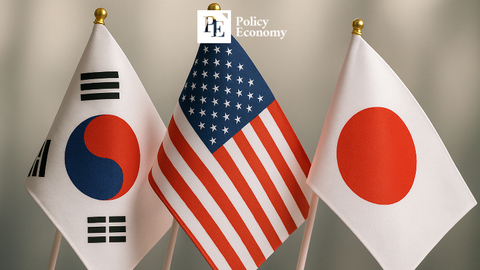




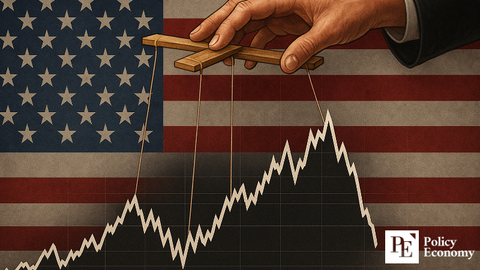
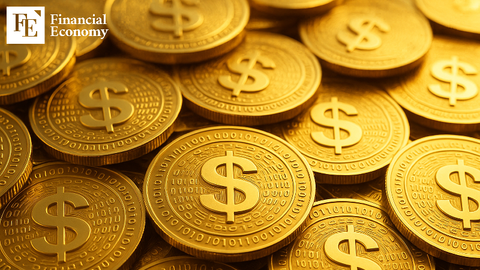












Comment